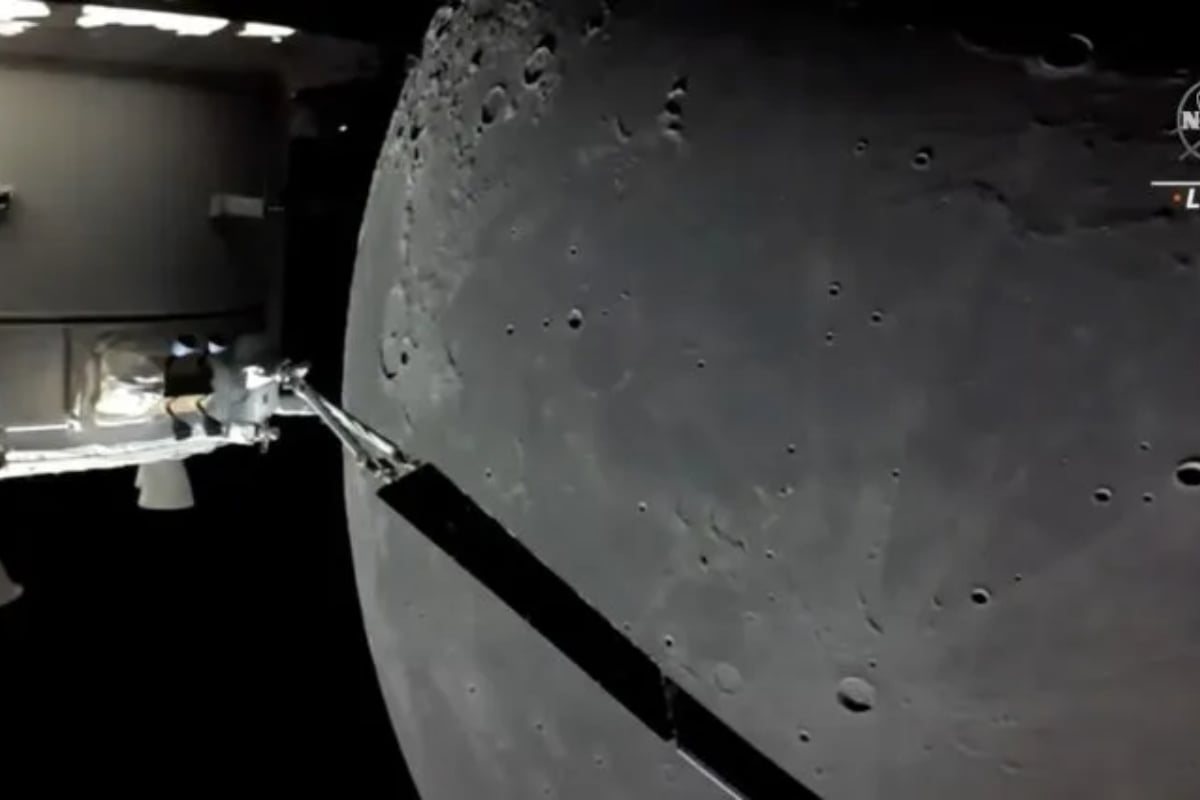Nasa is all set to bring home its Orion capsule
The success of the entire project depends on what happens afterwards. Temperatures...

Orion splashdown concludes historic lunar expedition
As NASA’s Orion spacecraft is anticipated to make an ocean splashdown on Sunday, the 2512-day Artemis I mission is drawing to a conclusion. This mission was created to prepare for future manned trips.
The spacecraft has travelled 239,000 miles (385,000 kilometers) from the moon to Earth and is now on the final leg of its trip, drawing near the dense inner layer of the planet’s atmosphere.
It is scheduled to make its splashdown in the Pacific Ocean off Baja California, Mexico, around 12:40 PM ET on Sunday. Beginning at 11 a.m. ET on Sunday, NASA will broadcast live coverage of the event.
The Orion spacecraft was supposed to land close to San Diego, but NASA officials announced Thursday that rain, wind, and big waves had swept into the region and that it no longer met the space agency’s meteorological requirements.
One of the most crucial and hazardous parts of the mission will be the last one.
“We’re not out of the woods yet. The next big test is the heat shield,” NASA Administrator Bill Nelson told Media in a phone interview Thursday, referring to the barrier designed to protect the Orion capsule from the excruciating physics of reentering the Earth’s atmosphere.
When the spacecraft impacts the air, it will be moving at a speed of approximately 40,000 km/h (24,850 mph), or about 32 times the speed of sound.
Because of the speed of the impact, compression waves will cause the outside of the ship to heat up to roughly 5,000 degrees Fahrenheit (2,760 degrees Celsius).
According to Artemis I flight director Judd Frieling, the intense heat will also force air molecules to ionise, resulting in a buildup of plasma that is predicted to result in a 52-minute communications blackout.
The spacecraft will undertake a roll maneuver when it is approximately 200,000 miles (322,000 kilometers) above the Earth’s surface. This maneuver is similar to skipping a rock over a lake.
Catch all the Business News, Breaking News Event and Latest News Updates on The BOL News
Download The BOL News App to get the Daily News Update & Live News.